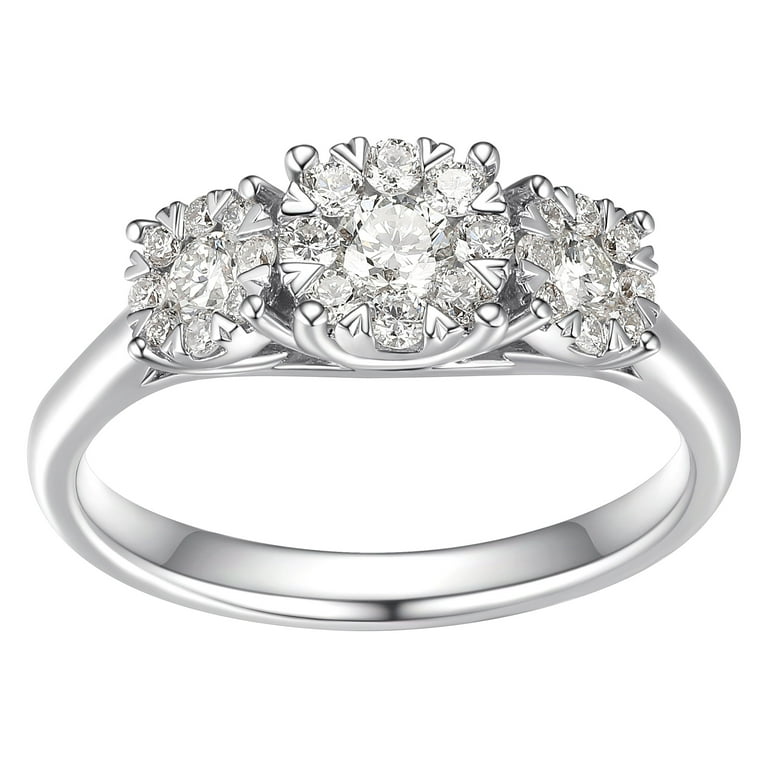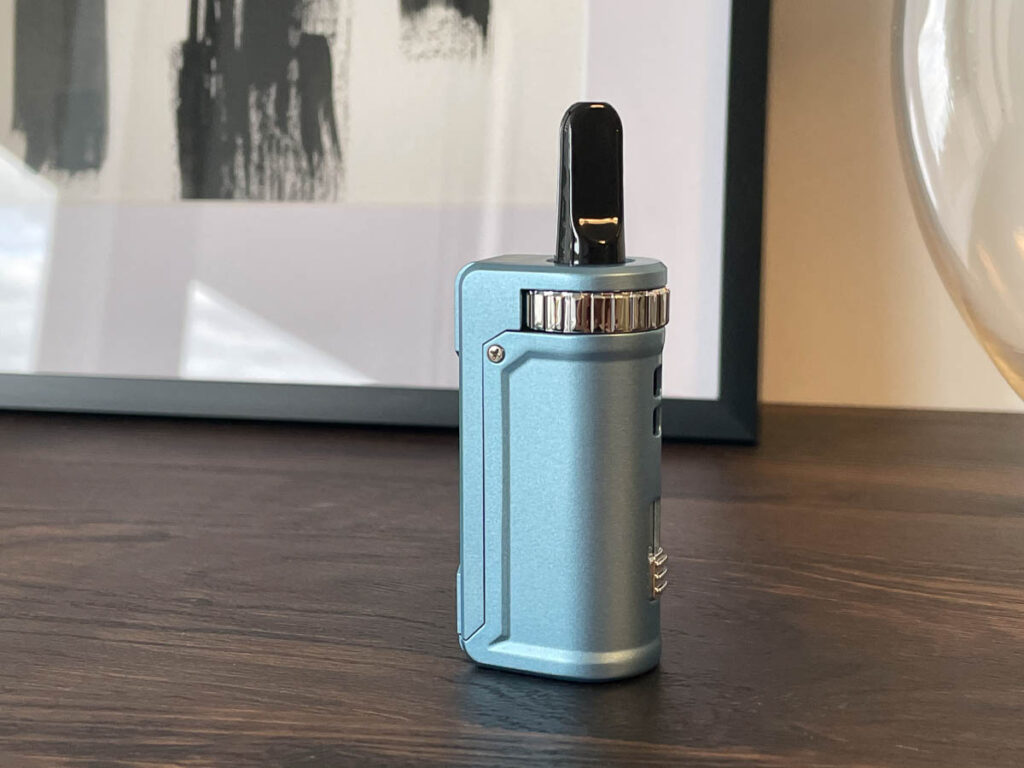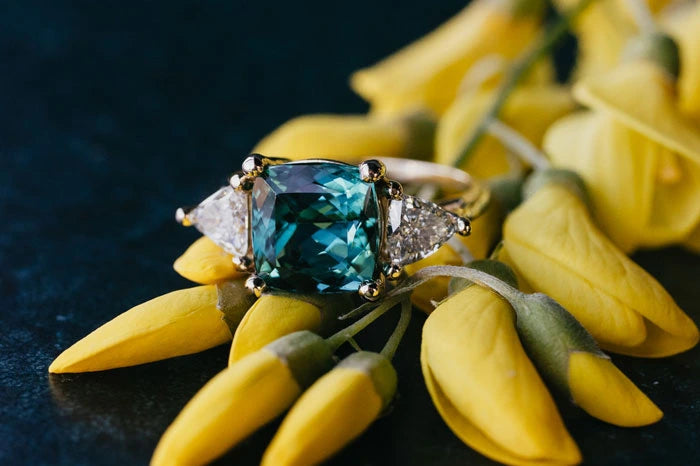
When shopping for lab-grown diamonds, it’s essential to understand the 4Cs – Cut, Color, Clarity, and Carat weight. These are the key factors that determine the quality and value of a diamond, whether it’s lab-grown or mined. In this article, we’ll dive into the significance of the 4Cs of lab-grown diamonds and how each one influences the overall look and price of these beautiful stones.
What Are Lab Grown Diamonds?
Lab-grown diamonds are created in controlled environments that replicate the natural conditions under which diamonds form deep within the Earth. These diamonds are chemically, physically, and optically identical to mined diamonds, meaning they have the same brilliance, hardness, and fire. The 4Cs of lab-grown diamonds, just like their natural counterparts, play a crucial role in determining their value and beauty.
The process of creating lab-grown diamonds involves two primary methods: High Pressure High Temperature (HPHT) and Chemical Vapor Deposition (CVD). Both processes result in diamonds that are identical to natural diamonds in terms of composition and structure. While the source of creation differs, the 4Cs remain the standard for evaluating the quality of lab-grown diamonds.
The Importance of the Cut in Lab Grown Diamonds
When considering lab grown diamonds 4Cs, the cut is arguably the most important factor to assess. The cut refers to how well the diamond has been shaped and faceted, influencing its ability to reflect light. A well-cut lab-grown diamond will have exceptional brilliance, making it sparkle brilliantly in any light.
Unlike color or clarity, which are natural characteristics of a diamond, the cut is a result of human craftsmanship. A diamond can have an excellent color and clarity grade, but if it’s poorly cut, it will not shine to its full potential. The 4Cs of lab-grown diamonds emphasize the significance of the cut, and diamonds that are well-cut are typically more valuable.
The cut of a lab-grown diamond is graded on a scale from Excellent to Poor, with Excellent being the most desirable grade. Lab-grown diamonds that receive this grade have been meticulously cut to maximize their light performance, giving them a dazzling appearance. Therefore, when choosing a lab-grown diamond, the cut should be one of the first aspects to consider.
Color Grading in Lab Grown Diamonds
The color of a diamond refers to the presence of any color or tint in the stone, which can range from colorless to shades of yellow or brown. The 4Cs of lab-grown diamonds place significant emphasis on the color grade because it directly impacts the visual appeal of the diamond.
Diamonds are graded on a scale from D to Z, with D being completely colorless and Z displaying noticeable color. The closer a lab-grown diamond is to colorless, the higher its value. However, just like mined diamonds, lab-grown diamonds with a slight yellow or brown tint can still be stunning, especially if they are cut to enhance their brilliance.
Color grading for lab-grown diamonds follows the same standards used for natural diamonds. Lab-grown diamonds with color grades in the D to F range are considered excellent choices for those seeking a near-colorless appearance. However, diamonds with a G to J color grade can also offer exceptional value while providing a more affordable alternative.
Clarity of Lab Grown Diamonds: What You Need to Know
Clarity is another crucial factor in the 4Cs of lab-grown diamonds. It refers to the presence of inclusions (internal characteristics) or blemishes (external characteristics) that affect the diamond’s appearance. A diamond’s clarity grade is based on the number, size, and location of these imperfections.
Lab-grown diamonds are typically made in highly controlled environments, and as a result, they tend to have fewer inclusions and blemishes than mined diamonds. This can make them a great choice for those who want a diamond with excellent clarity. However, the 4Cs of lab-grown diamonds still place clarity as a key grading factor. Lab-grown diamonds are graded on a scale from Flawless (FL) to Included (I1, I2, I3), with Flawless diamonds having no visible inclusions under 10x magnification.
Diamonds with clarity grades in the Flawless to Very Very Slightly Included (VVS) range are highly prized and typically come at a higher price. However, lab-grown diamonds that fall into the Slightly Included (SI) range or even the Included (I1, I2) range can still provide excellent beauty at a more affordable price point. If you’re on a budget, you may want to focus on finding a lab-grown diamond with fewer inclusions but without the premium cost of a flawless stone.
Carat Weight: Size Matters for Lab Grown Diamonds
Carat weight is perhaps the most straightforward of the 4Cs of lab-grown diamonds. It refers to the size of the diamond, with one carat equal to 200 milligrams. While carat weight directly affects the size of the diamond, it’s important to understand that the diamond’s cut, color, and clarity also influence its overall appearance.
Larger diamonds typically cost more because they are rarer and harder to find. However, because lab-grown diamonds are created in controlled environments, they are more readily available in larger carat sizes than natural lab diamonds. This means you can get a larger lab-grown diamond for a fraction of the price of a mined diamond of the same size.
When considering carat weight, keep in mind that the size of the diamond should be balanced with the other 4Cs. A larger diamond with poor color, clarity, or cut may not be as visually appealing as a smaller diamond with better overall qualities. It’s important to find the right balance of size and quality to suit both your taste and budget.
The Value of Lab Grown Diamonds and the 4Cs
One of the main advantages of choosing lab-grown diamonds is their value. Lab-grown diamonds tend to be more affordable than mined diamonds, even when considering the 4Cs. This allows you to purchase a larger or higher-quality diamond within your budget. The 4Cs play a significant role in determining the value of a lab-grown diamond, and understanding how each one affects the diamond’s appearance will help you make a more informed purchase.
Lab-grown diamonds have the same beauty and quality as mined diamonds but at a more accessible price point. Whether you’re looking for a diamond with exceptional color, clarity, or size, understanding the 4Cs of lab-grown diamonds will help you find the perfect stone for your needs.
Conclusion: Navigating the 4Cs of Lab Grown Diamonds
When shopping for lab-grown diamonds, the 4Cs—Cut, Color, Clarity, and Carat weight—are crucial factors to consider. Each of these characteristics plays an important role in the diamond’s overall appearance and value. By understanding the 4Cs of lab-grown diamonds, you can make an informed decision that suits your style, preferences, and budget.
Lab-grown diamonds offer the same brilliance and beauty as mined diamonds, and with the right knowledge of the 4Cs, you can select a diamond that fits your unique needs. Whether you prioritize cut, color, clarity, or carat weight, understanding the 4Cs will guide you in choosing the perfect lab-grown diamond that will last a lifetime.






